Why Proper Storage Matters for Summer Sports Equipment
Investing in quality summer sports equipment can run into thousands of dollars. From premium surfboards and kayaks to high-end paddleboards and diving gear, protecting these investments during the off-season is crucial for both their longevity and performance. This comprehensive guide will show you how to properly store your warm-weather sports equipment while maintaining its condition and value.
Temperature and Humidity: The Two Biggest Threats
Summer sports equipment often contains materials sensitive to environmental conditions. Extreme temperature fluctuations and humidity can cause:
- Warping and delamination in surfboards and paddleboards
- Mold and mildew growth on life jackets and wetsuits
- Degradation of rubber components in diving equipment
- Corrosion in metal parts and fixtures
Climate-Controlled Storage: Your Equipment’s Best Friend
A climate-controlled storage unit provides the ideal environment for protecting your summer sports gear. These facilities maintain consistent temperature and humidity levels year-round, offering protection that a garage or basement can’t match.
Optimal Storage Conditions
- Temperature: 55-80°F (13-27°C)
- Relative Humidity: 30-50%
- Air circulation to prevent moisture buildup
- Protection from direct sunlight
Equipment-Specific Storage Guidelines
Surfboards and Paddleboards
Store these items:
- Horizontally on padded racks or foam blocks
- Away from direct floor contact
- With fins removed when possible
- Cleaned and completely dry
Kayaks and Canoes
Proper storage includes:
- Supporting the hull to prevent warping
- Using straps or specialized racks
- Covering openings to prevent pest intrusion
- Regular inspection of seals and joints
Diving Equipment
Essential storage steps:
- Thorough cleaning and drying of all components
- Proper drainage of air tanks
- Storage of regulators in sealed bags
- Regular maintenance checks during storage
Preparation Steps for Long-Term Storage
Cleaning and Maintenance
Before storing your equipment:
- Remove all salt water residue
- Clean with appropriate products
- Dry thoroughly to prevent mold
- Apply protective coatings where needed
- Document existing damage or wear
Organization and Access
Create an efficient storage system:
- Label all equipment clearly
- Use protective covers and bags
- Implement a rotation schedule for checking items
- Keep an inventory with maintenance records
Security Considerations
Protect your investment with:
- Insurance coverage for stored items
- Security systems and surveillance
- Regular check-ins and inspections
- Proper documentation of stored equipment
Cost-Benefit Analysis
While climate-controlled storage requires an investment, consider:
- Extended equipment lifespan
- Maintained resale value
- Reduced replacement costs
- Peace of mind during off-season
Seasonal Transition Tips
When the warm weather returns:
- Inspect all equipment thoroughly
- Test safety features and components
- Schedule professional maintenance if needed
- Update your inventory and maintenance records
Conclusion
Proper storage of summer sports equipment is an investment in your gear’s longevity and performance. By following these guidelines and utilizing climate-controlled storage solutions, you can ensure your valuable equipment remains in top condition year after year, ready for your next summer adventure.
Additional Resources
- Equipment manufacturer guidelines
- Local storage facility options
- Professional maintenance services
- Insurance providers for sports equipment





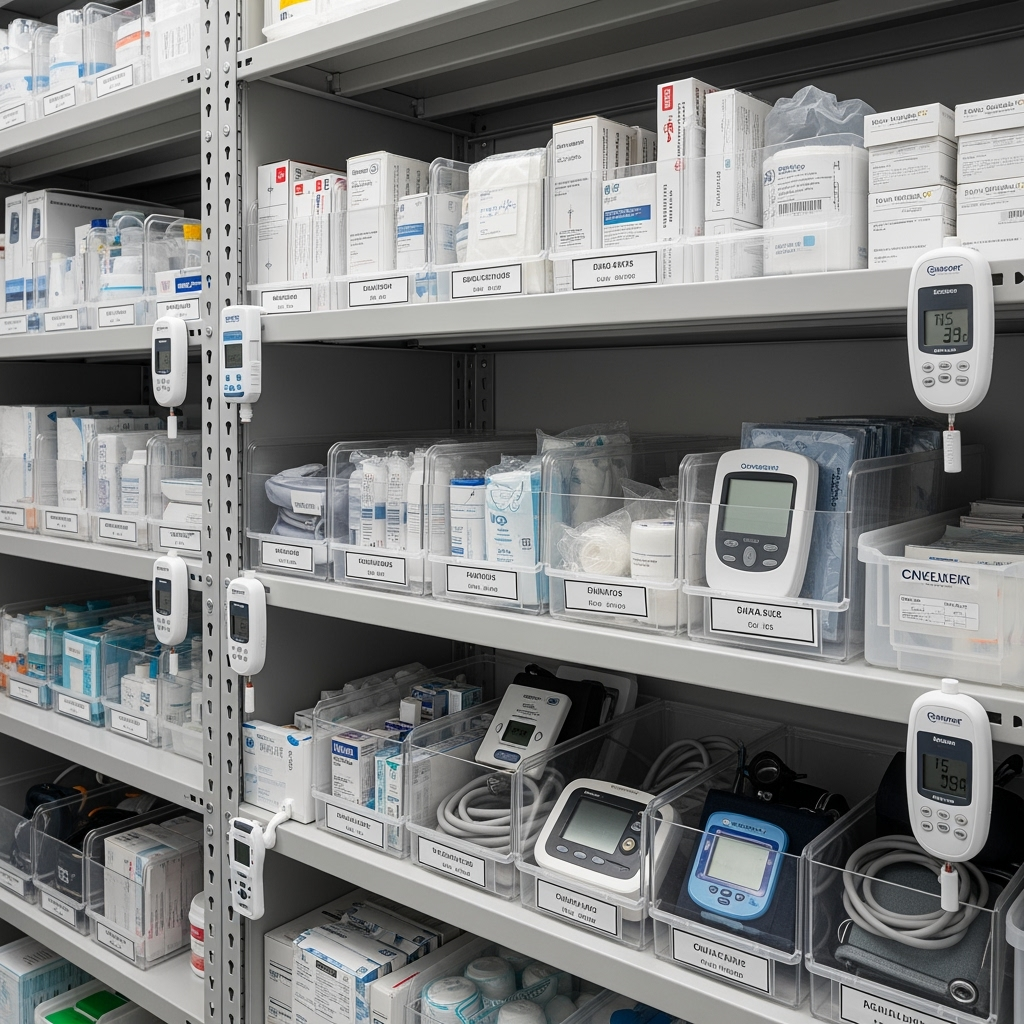
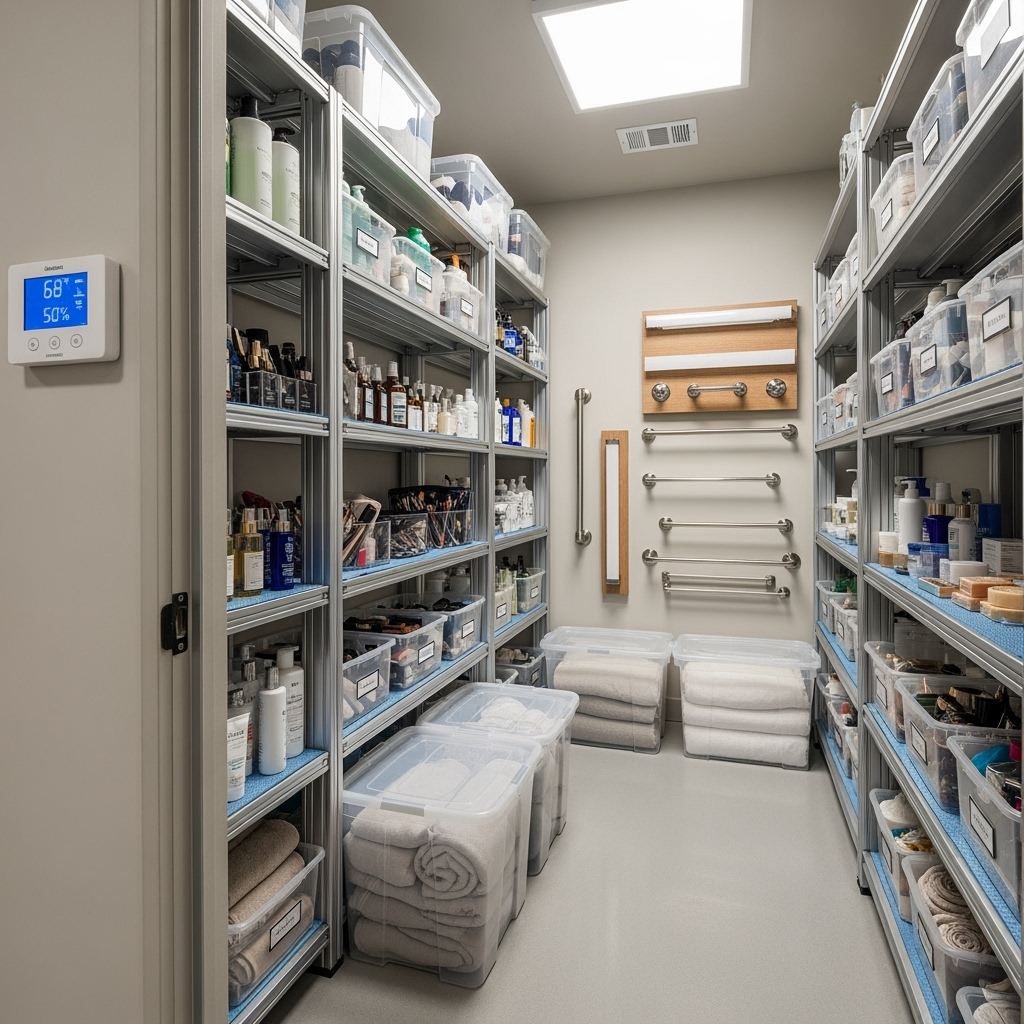
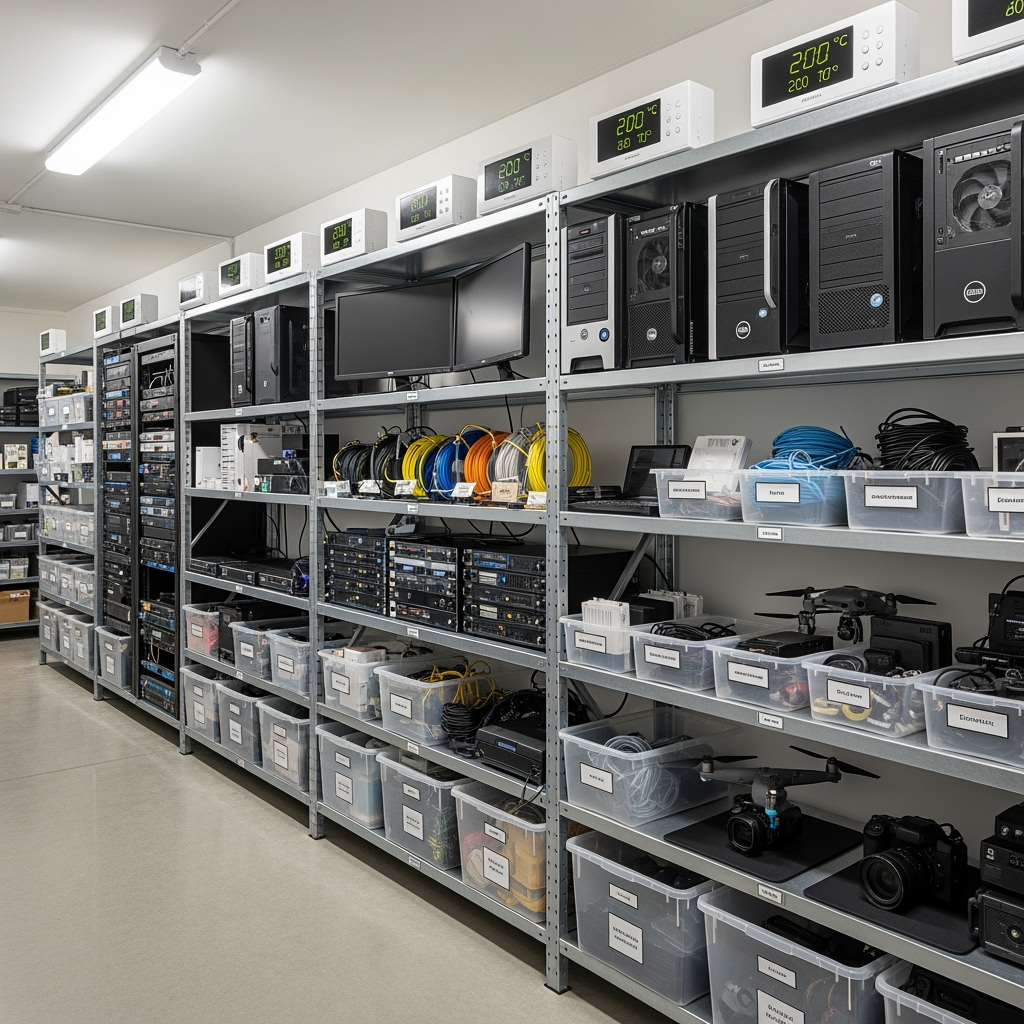
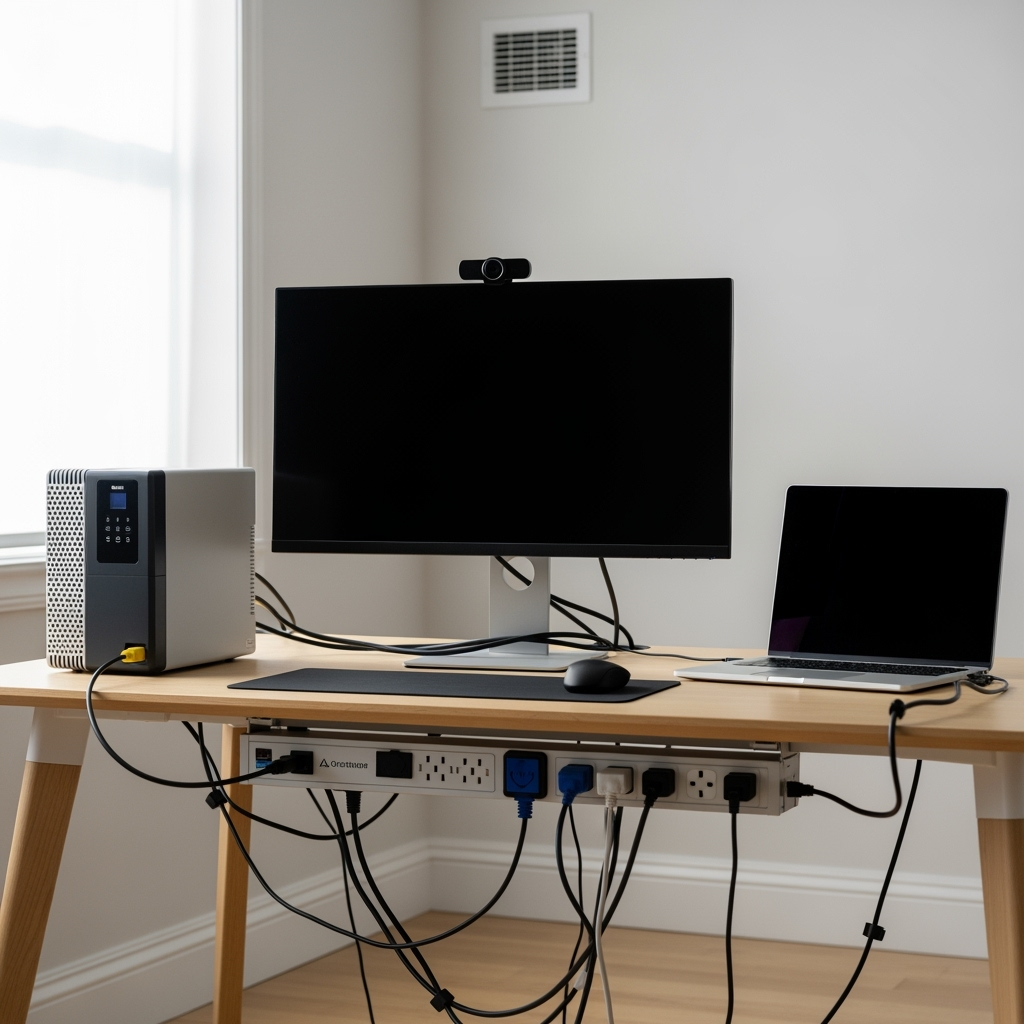
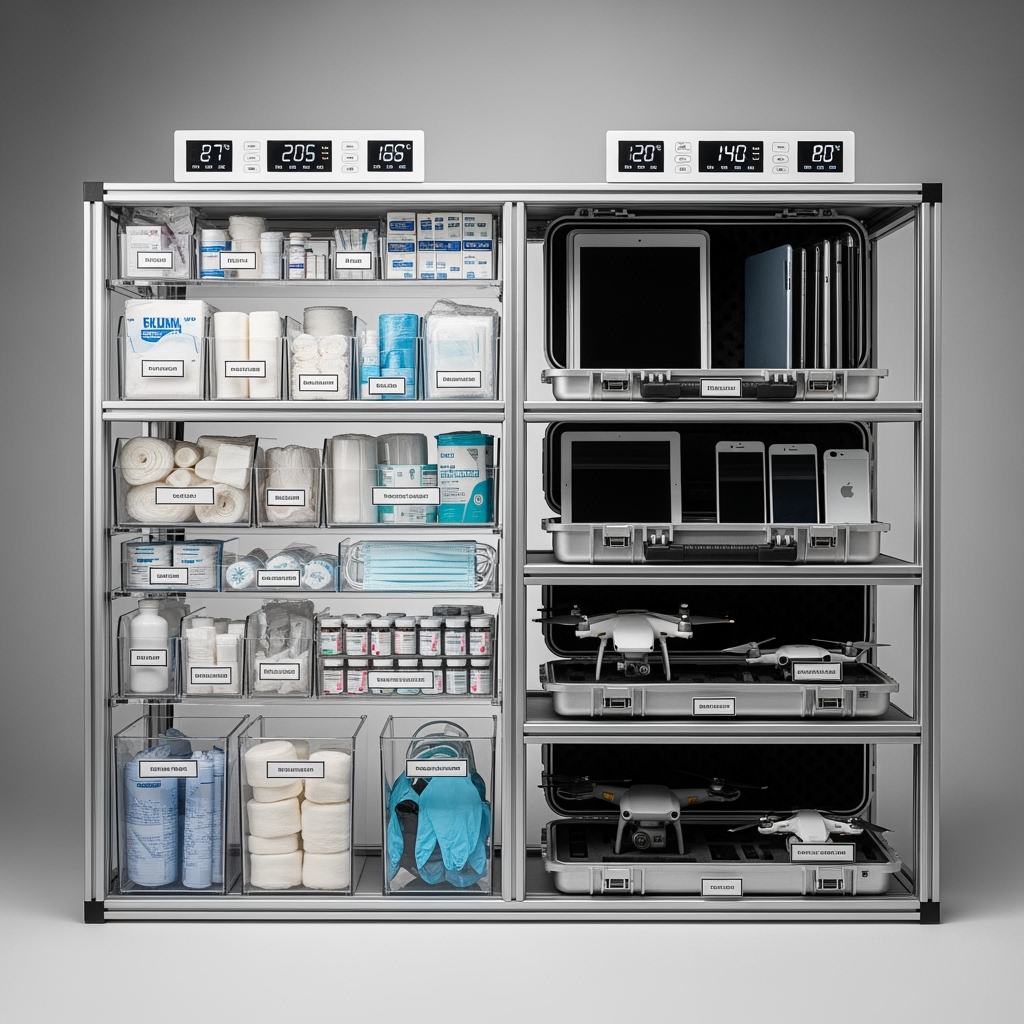
Leave a Reply